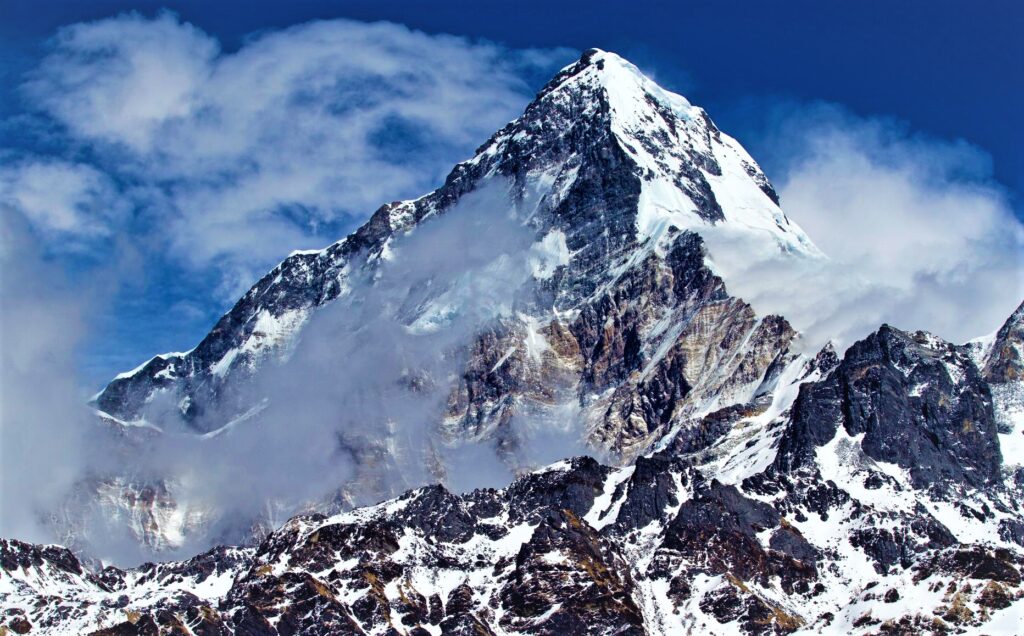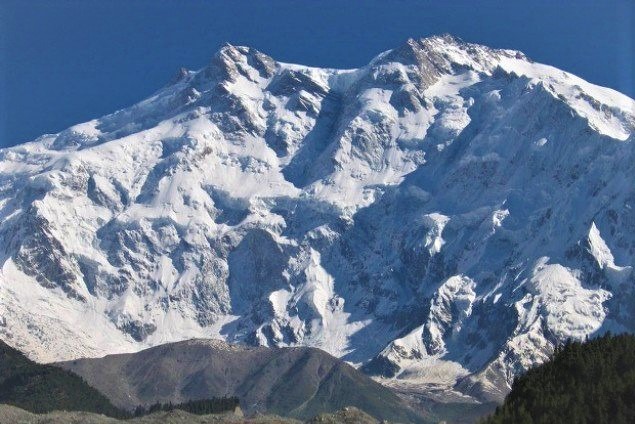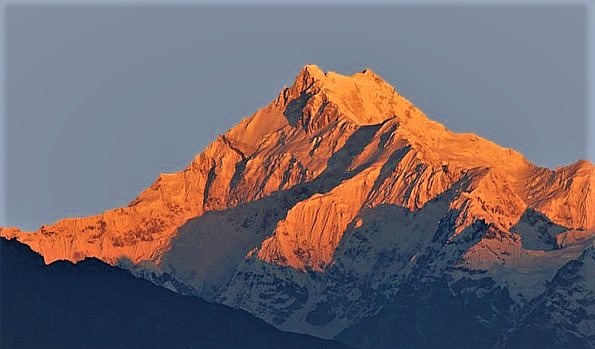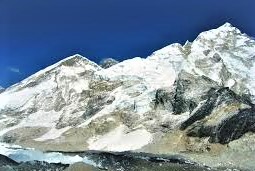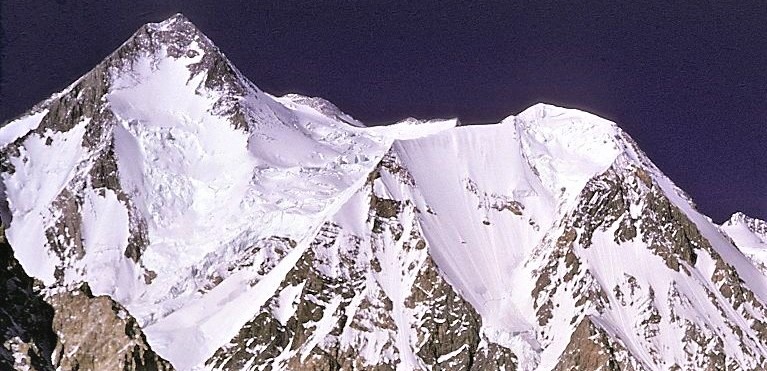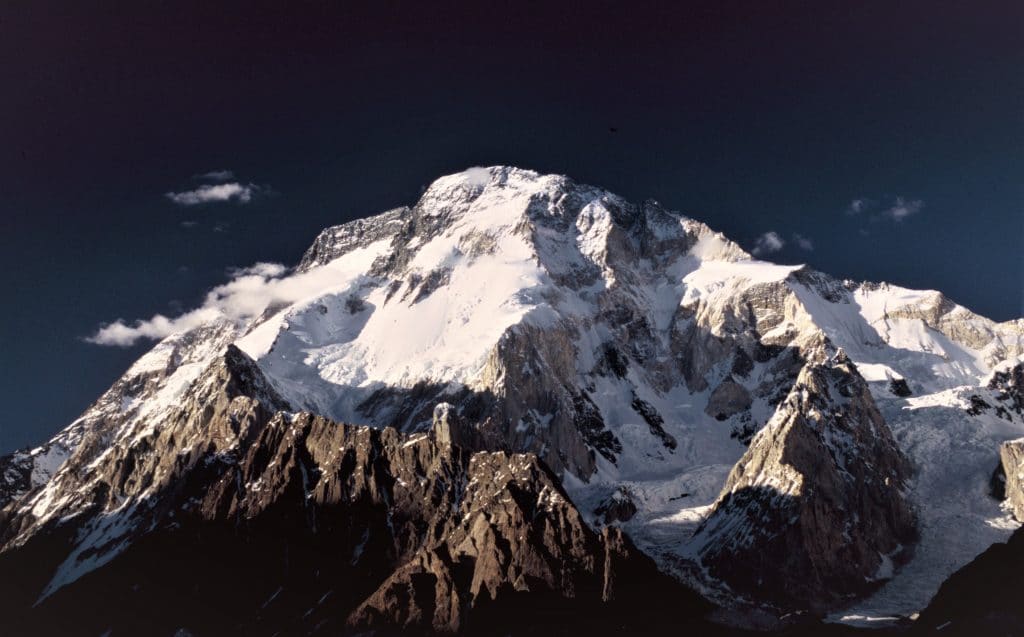Last updated on June 24th, 2025 at 12:36 pm
Here, we take a note at 10 deadliest mountains in the world. No one has ever reached the top of these scariest and terrifying mountains that tended to make the climber disappear.
Annapurna 1 Nepal:
The fatality rate of 34%. It is located in the northern region of central Nepal. Annapurna 1 is a death wish that kills more than a third of the people who attempt to climb this lethal summit. One of the latest tragedies occurred in October 2019, when 39 mountaineers passed away after a series of deadly snowstorms.
The south face of this mountain is considered one of the most difficult and technical climbs globally. It made even more dangerous by the region’s susceptibility to avalanches. Only 191 people have conquered Annapurna one. In contrast, 52 climbers have passed away during the 8091-meter ascents. Nine mountaineers have died while making their succession from the mountain.
K2 Pakistan China:
The K2 has fatality rate of 29%. It is a legendary peak in the second tallest and most deadliest mountains in the world only a few hundred meters shorter than Mount Everest. Due to the difficulty, K2 is so hard with 8611 meter climb and notoriously unpredictable ice. K2 is far more dangerous than Mountain Everest. Most attempt to conquer K2 from the Pakistani side of the mountain rather than from the rock’s Chinese side. The bottleneck portion of the route is the most dangerous and tricky, consisting of rough weather shifting, ice pillars, and icefalls that may strike at any time.
The recent tragedy happened on February 5, Mohammad Ali Sadpara went missing along with Iceland’s John Snori and Chile’s Juan Pablo Mohr while attempting to climb K2, the second-highest peak in the world, at 28,251 ft., which was even more dangerous.
His son Sajid was a team member, and the father and son had the idea to double pronounce K2 without oxygen. This achievement has never done before in the winter.
Nanga Parbat Kashmir:
The fatality rate of 21%. Nanga Parbat is the 9th biggest mountain in the world. This mountain has nickname “the man-eater” because of the severity of the challenge that climbers face. Many who died on this mountain did so before.
In 1953, Hermann Buhl found first successful route. 31 previous attempts had ended in death. Buhl was considered one of the best climbers to climb 8126 meters without a snow ax or oxygen. He attempted without sleeping and standing on a narrow ledge with a single handhold anchoring him to the cliff. After 40 hours of climbing, he defeated the man-eater first.
Dowell Aguirre 1 Mountain Nepal:
Aguirre 1 has fatality rate of 16%. At 8167 meters, it is the seventh-highest point on earth, and even the most experienced climbers have a habit of disappearing. The South face of Dowell Aguirre 1 has never been climbed. It is considering a suicidal ascent by expert Mountaineers, similar to most gigantic Peaks. The risk of avalanches pretends the greatest threat to climbers.
A mountain taller than 8,000 meters, Dowell Aguirre 1 was the second last to be conquered. The first time this mountain ascended by a team of two Sherpa with Austrian and Swiss Mountaineers.
Kanchenjunga India Nepal:
Kanchenjunga has fatality rate of 15%. Advances in technology helped and increase safety on fearsome peaks. Kanchenjunga means consistently deadly with high casualty rates climbing during the 1990s. At the same time, the world’s other dangerous mountains became statistically safer.
Anyone who climbs this mountain expresses themselves in the most dangerous environment on earth. Weather conditions are shifty and treacherous on Kanchenjunga, and predictably unpredictable snow slides occur with little to no warning.
Manoj Lou Mountain Nepal:
The fatality rate of 10%. It is called the mountain of the spirit. So it is adding in the list of deadliest mountains in the world. Lou is the 8th tallest mountain on earth and frequently exposes its climbers to landslides and monsoons, in addition to the usual danger of falling ice in avalanches.
This 8156-meter climb was first reached in 1956 by a group of Japanese climbers. It was not until 1971 that another Japanese team dare to copy. Unlike many other routes, the technical difficulty in danger due to Avalanche decreased the higher one climbs slightly.
Gasherbrum 1 Pakistan:
The fatality rate of this mountain is 9%. Gasherbrum 1 means beautiful mountain. It doesn’t have a greater rate of death among climbers. The fact is, only the best climbers dare to think about visiting and conquering this challenge. Nestled among a six-pack of Peaks towering 8,068 (eight thousand sixty-eight) meters above sea level.
The first ascent of Gasherbrum one was completed in 1958 by an eight-man. American team with a pair of the climbers reaches shaming and Andy Kaufman using mirrors to communicate successfully with the rest of the expedition.
Makalah Mountain Nepal China:
Makalah is one of deadliest mountains in the world with fatality rate of 9%. The path to remote Makalah is a lengthy March fraught with peril. 8481-meter climb is the journey to the base of the mountain. It is just the beginning of sometimes compared to the treachery of the K2.
Makalah is the fifth biggest mountain in the world and one of the most difficult to summit. Like K2, a significant portion of fatalities occurs while climbers descend the mountain part of the peak’s lethality. This lies at the top of a steep four-sided pyramid that features near-constant storm activity rife with shift ice.
Shishapangma Nepal:
The fatality rate of 8%. Shishapangma was the last of the 8,000-meter Mountains to conquered by humanity when a Chinese climbers team reached the top in 1964. It is summiting the last one of 8,000 club. Shishapangma is considering as one of the less challenging mountings. 8% of people who attempt to climb this mountain die on the slope.
One of the most amazing climbing achievements accomplished by Ueli Steck on this mountain who reached the 8,013-meter peak in an astonishingly quick ten and a half hour climb.
Broad Peak Pakistan:
The fatality rate of 5%. This mountain, the 12th largest in the world, acquired its name due to a mile-long Ridge around the summit. A debate rages about the mountain’s true peak as climbers typically stop at one of two summits. One of them 8,015 meters high and the other 8,047 meters tall.
The famous Hermann Bull led a group of Austrian climbers to the summit on June 5, 1957, becoming the first person to peak. This is the second time Herman has become the first man to reach the pinnacle in the 8,000-meter club.
